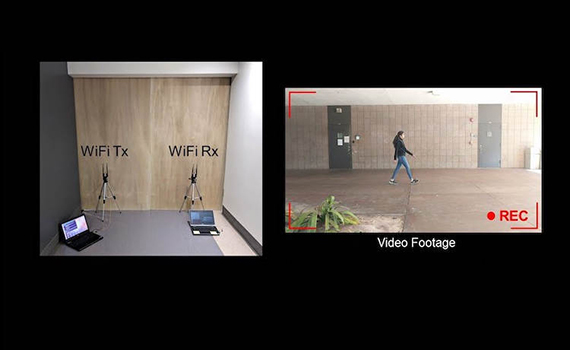NEWS
Scientists used Wi-Fi to identify a person behind a wall

University of California engineers have developed a Wi-Fi identification technology for a person who is behind an obstacle.
The XModal-ID method involves the use of two Wi-Fi signal sensors located at a distance from each other, as well as video recordings with human movements. Using the video, a three-dimensional model of a person is compiled, then this data is used to model the reflection of Wi-Fi signals from it.
During the experiment, this method was tested on eight volunteers. In total, XModal-ID correctly identified 84% of the people behind the wall. XModal-ID algorithms operate on the basis of machine learning, so the identification process should gradually increase in the future.
With this technology, law enforcement can identify a person by his movements. For example, if he got on surveillance cameras, but his face was hidden, the police will be able to find him through this system.




